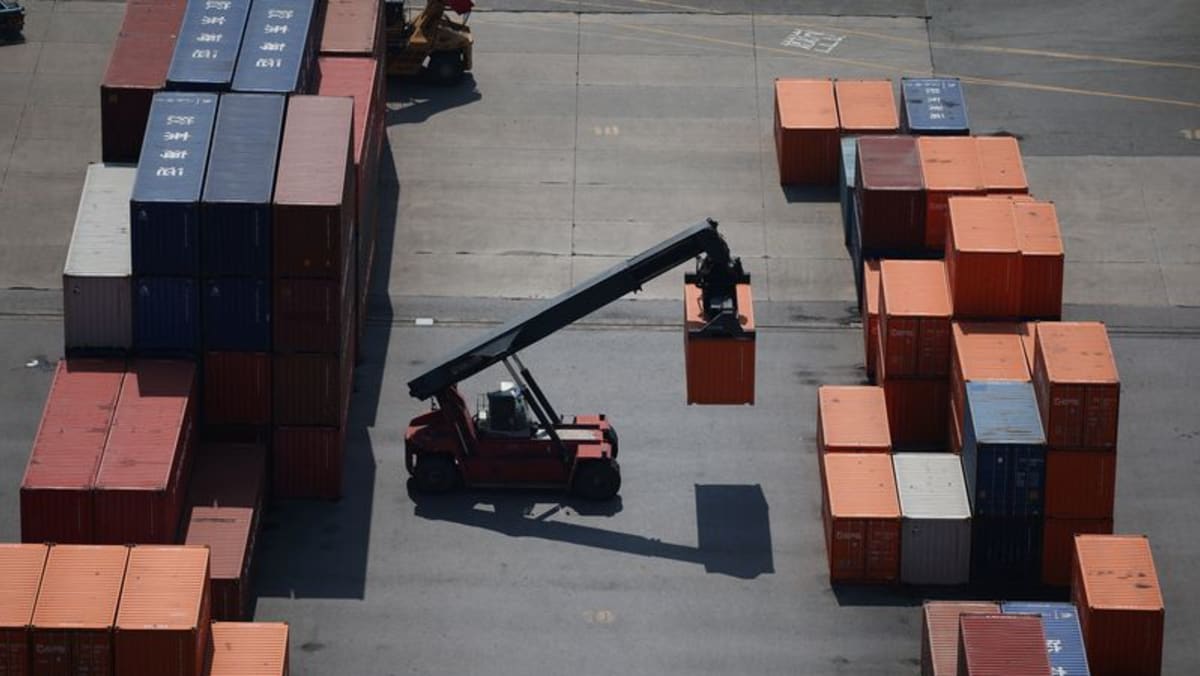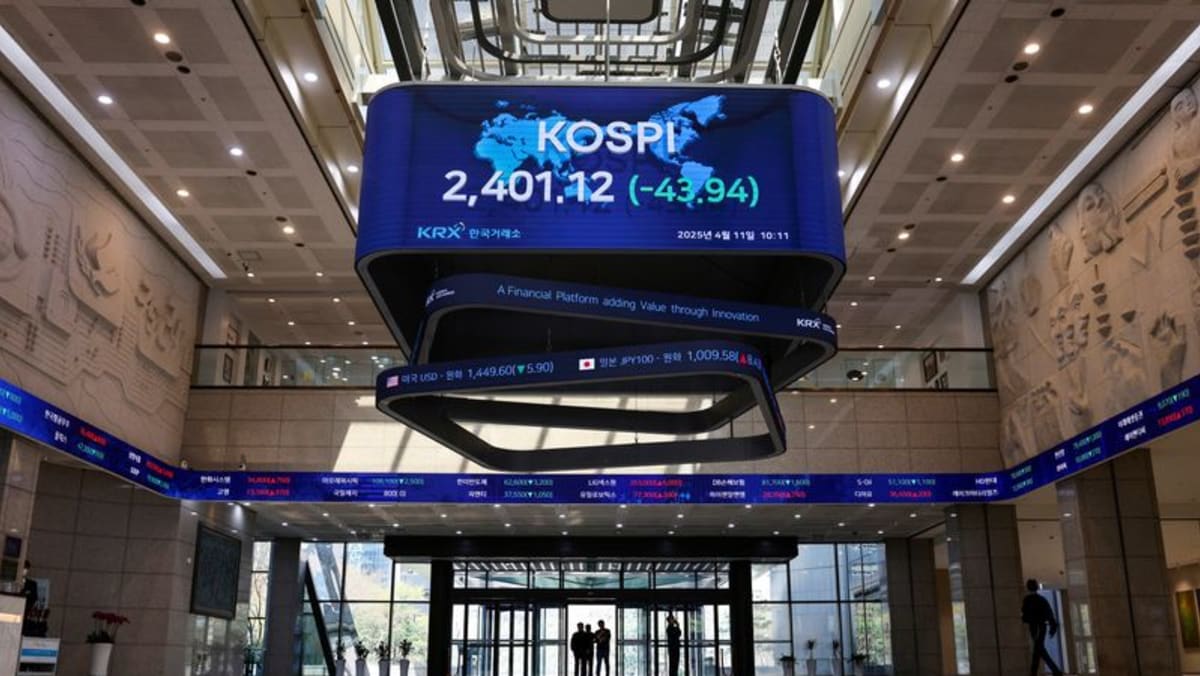FALLING FREIGHT RATES
In the long run, shipping companies expect a decline in freight rates – as happened in 2018 to 2019 during Trump’s first presidential term.
Back then liners “experienced an oversupply of shipping capacity, decreased shipping rates, increased operational costs and ultimately, a reduction in revenue”, said Sandy Gosling, specialist in transport and logistics at consulting firm McKinsey.
Tariffs then were lower than those announced by Trump this year.
“It’s difficult to see into the future but what seems most likely to us is a slowing of certain routes in favour of other countries in Southeast Asia or India,” said Charpentier.
Anne-Sophie Fribourg, vice president of ocean procurement at British freight forwarder Zencargo, said she expected the China-US route would become unprofitable.
If this were to happen, she said, “shipowners will readjust their rotations. In other words, they will turn away from traditional routes to new ones, such as Latin America, where demand has been growing for some time now”.
For the time being, major international companies such as MSC, CMA CGM and Maersk have not made such adjustments.
ADJUSTING ROUTES
German container shipping firm Hapag-Lloyd said it was not noticing any changes on the Atlantic.
It however saw a “massive decline in China”, offset by “a clear increase in demand in South-East Asia”.
Consulting firm Boston Consulting Group said in a note sent to its clients that it expected a sharp decline in China-US trade and an increase in trade within what it called the “Global South”.
The World Trade Organization (WTO) warned of a potential “even sharper decline of 1.5 per cent in global goods trade” in 2025, depending on Trump’s tariffs policy.
It said merchandise trade between China and the US could plunge by 81 per cent.
Gosling said tariffs are just the latest of many disruptions the shipping industry suffered in recent decades.
“According to a 2020 McKinsey Global Institute report, industries have experienced material disruptions lasting a month or longer every 3.7 years on average,” she said.
Logistical chains were upended during the COVID-19 years, before Houthi attacks in the Red Sea drove vessels to round Africa via the Cape of Good Hope. Shipowners have developed a certain “agility to change routes,” said Fribourg of Zencargo.
But adjusting flows toward other destinations “will take some time”, Charpentier said.














